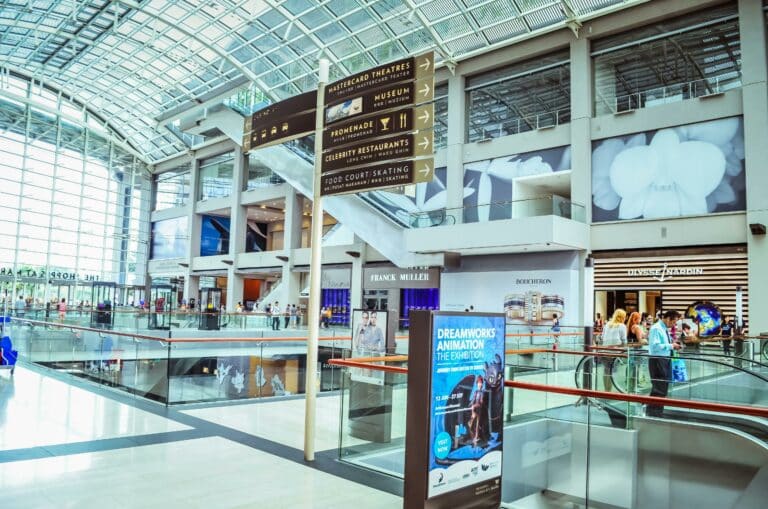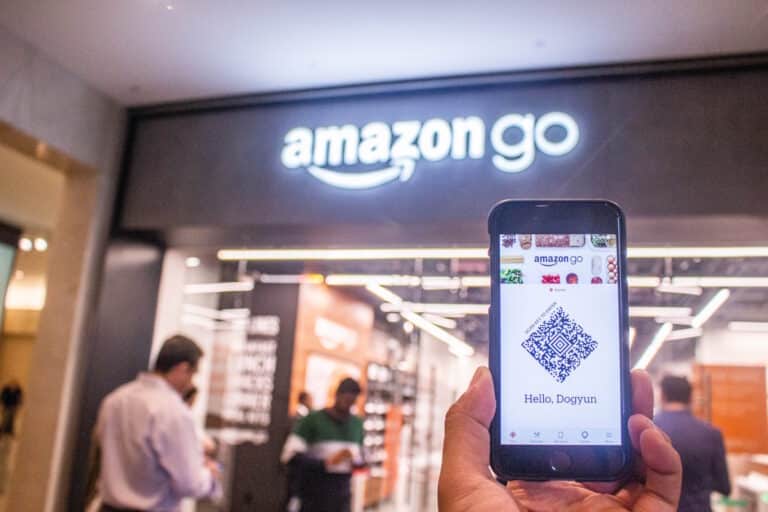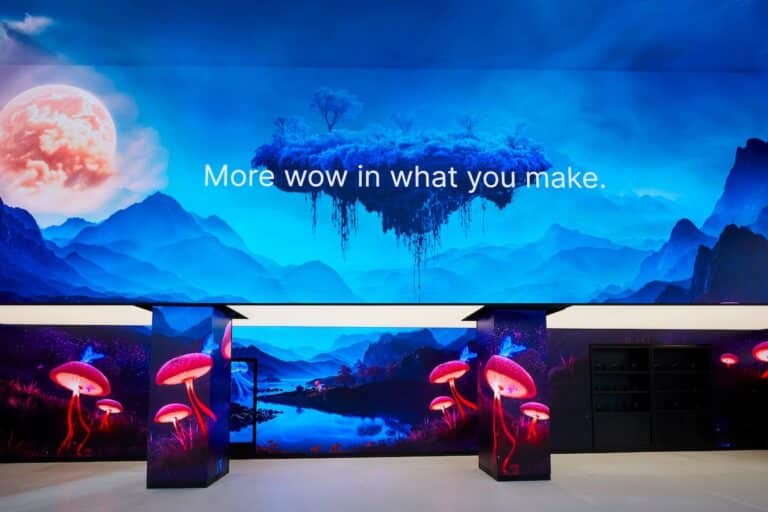Westfield Labs is aiming to attract more mall traffic by making use of large displays.
This is in response to the decline in mall visits, resulting in the closure of about 24 malls, with another 60 ready to go down the same road.
Westfield is investigating services that bring together the physical and digital worlds in an attempt to engage shoppers. ‘Smart malls’ offer free WiFi, electronic parking assistance, and digital storefronts. These innovations offer mall owners access to huge amounts of data related to the habits of those visiting malls. They are making use of this data to boost traffic monitoring, advertising, and loyalty.
For example, free WiFi offers mall operators the opportunity to monitor traffic. It shows where shoppers have come from, how often they visit the mall, and their length of stay, and it allows a method of communication by collecting basic information when they log in, such as an email address or ZIP code. The shopping habits of the user can be accessed by checking search histories.
At Palisades Center in West Nyack, N.Y., the data is used to build profiles of shoppers and share it with potential tenants.
The collection of data is limited, however. Owners can’t distinguish between mall employees and visitors. Malls are obtaining data but are not obtaining any real value from it.
Web-based apps are being introduced and used at Taubman and Starwood Retail Partners locations, where retailers like Sephora and Express can offer deals by tapping into the available WiFi network. Their offerings are shown to consumers when users open their browsers.
Retailers can offer information related to flash sales, custom promotions, and deals specific to malls. The main aim is to increase sales, allowing mall operators to obtain higher rents.
In Simon malls, Bluetooth-enabled iBeacon technology is used, which allows the network to contact visitors via their mobile phones once they reach the mall.
Westfield’s next step is to engage with customers before and after their shopping trip. This will allow consumers to search for particular products and see the location of the store once they have found what they are looking for. It will allow Westfield to follow up with the customer afterward and allow for sharing of information.
The app from Pyramid, which was launched last year, allows shoppers to set text, voice, photo, and GP reminders of exactly where they parked their vehicle.
Gathering data is a small part of the overall process. Mall owners and retailers need to be able to share all the data. The ideal would be to know when a consumer who arranged for an in-store collection arrives at the mall. They can be guided to the closest parking spot, and the retailer could be alerted to prepare their purchased item or to offer them a special promotion. If the purchaser is linked to a mall loyalty program, the option to have them greeted by a personal shopper exists.
Some malls already offer special features, such as park assist. This guides visitors to available parking spaces by making use of overhead lights. Signage also displays the number of available parking spaces.
More opportunities will arise for mall operators to interact with visitors and retailers.
Want to share your company’s latest updates, store openings, or partnerships?

Although visits to malls dropped year-over-year in December, this did not stop the industry from showing great general performance in…

From its inception, the Just Walk Out technology faced numerous challenges.

Central Pattana unveils The Central, a new US$575m mall in Bangkok’s fast-growing northern district with a planned opening in late…

Singles’ Day 2025 breaks new global records with $150B+ in sales. Discover the top categories, data insights, and retail trends…

MixC Shenzhen Bay opens in Shenzhen’s Nanshan district, blending luxury retail, art, and lifestyle into one destination, redefining the Asian…

From Nike’s storytelling to IKEA’s precision and Glossier’s human tone—the best retail press releases don’t just announce, they connect.